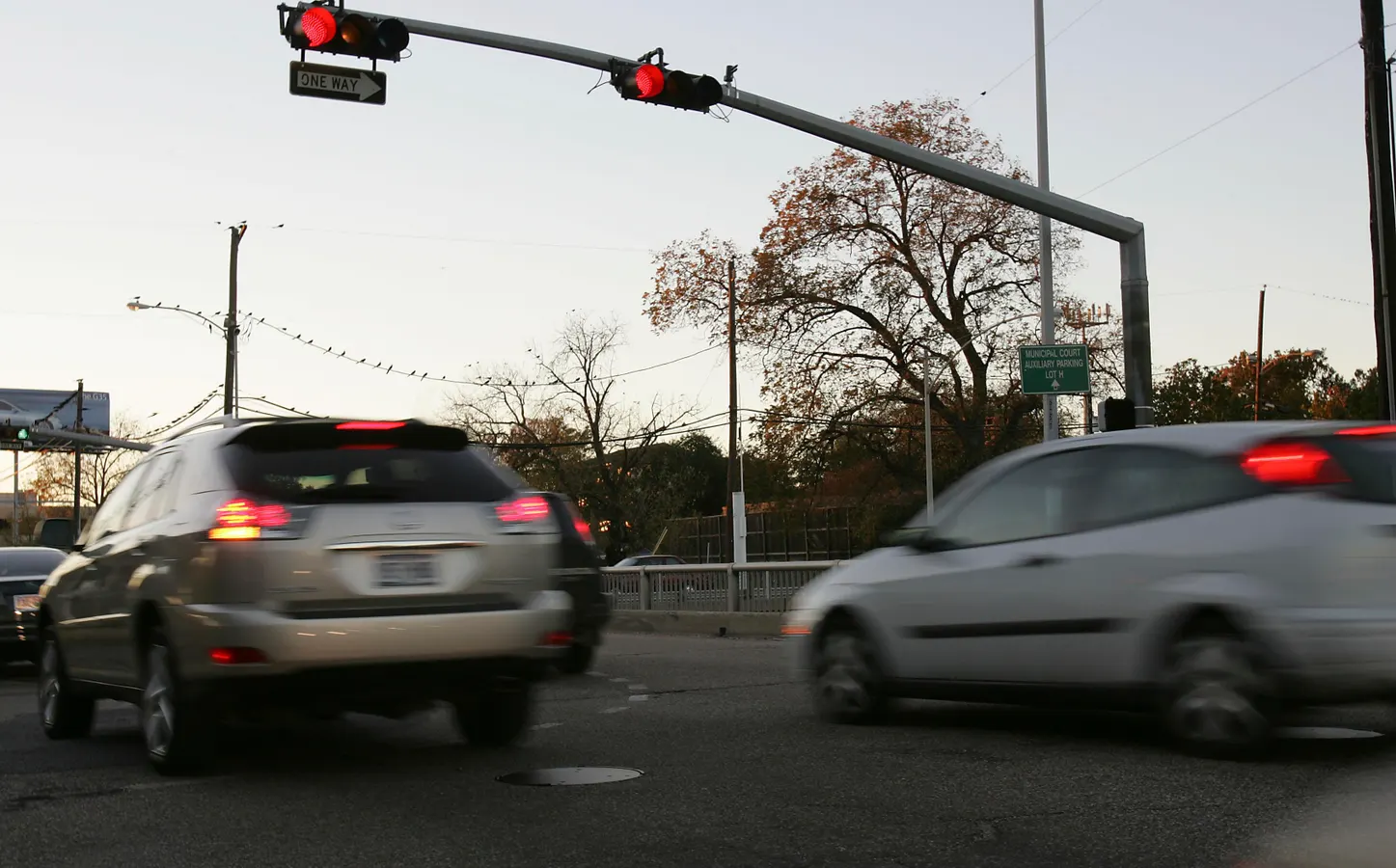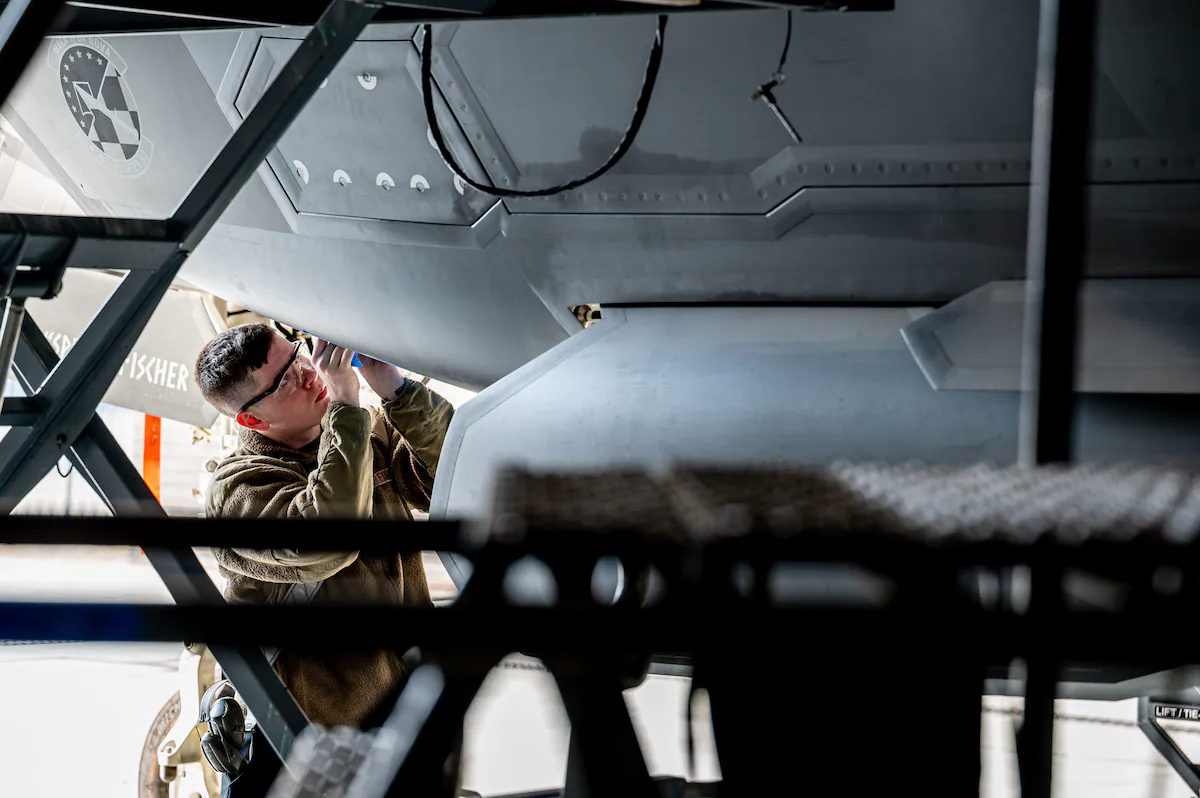By Contributor,Tanya Mohn
Copyright forbes

Red light safety cameras are known to reduce the most dangerous types of intersection crashes that can cause serious injuries or deaths when drivers run through red lights.
HOUSTON CHRONICLE
The growth of autobrake technology in vehicles in the United States is helping to reduce the number of rear-end crashes that can occur when drivers stop suddenly at intersections where there are red light safety cameras.
That is the main finding of a new study released on Thursday by the Insurance Institute for Highway Safety that indicated that automatic emergency braking (AEB) systems slash crash risk and boost the safety cameras’ benefits.
“Red light running causes extremely dangerous, high-speed side crashes, so red light safety cameras are an essential intervention,” David Harkey, the Insurance Institute’s president, said in a statement. “This study illustrates that AEB helps address one of their few downsides, which hopefully can help accelerate their deployment in intersections across the country.”
Red light safety cameras are known to reduce the most dangerous types of intersection crashes that can cause serious injuries or deaths when drivers run through red lights, researchers said, but they are also associated with an increase in less severe rear-end crashes at intersections when drivers stop suddenly to avoid getting fined.
The study, “Impact of automatic emergency braking on the benefits of red-light safety cameras,” was based on a meta-analysis of 35 studies of red light safety camera interventions and their influence on rear-end crash rates. The assessment also included an examination of police-reported crashes from 19 states over several years that compared the rates of rear-end crashes at signalized intersections in striking vehicles with AEB to those without the crash avoidance feature.
MORE FOR YOU
In 2023, more than a thousand people were killed and more than 136,000 were injured in crashes that involved a driver running a red light, but despite the known efficacy of red light safety cameras, only 343 communities across the United States were operating them as of September 2025, and the number of places using the cameras has declined by more than a third since 2012, according to the study.
“Community opposition is often among the reasons given for turning cameras off, and opponents often use studies showing that cameras are associated with an increase in rear-end crashes to argue against deploying them,” the study noted.
As more and more American vehicles come equipped with AEB, rear impacts are expected to shrink, and overall crash reductions associated with red light safety cameras will grow, researchers estimated.
Currently, more than 28% of the U.S. fleet have the crash avoidance feature. The technology is estimated to boost the overall effectiveness of red light safety cameras by reducing rear-end crashes at intersections by 8%.
In 2045, when all vehicles in the fleet are expected to have the automatic braking feature, it is estimated that red light safety cameras will reduce all crashes by nearly 10%, researchers said. The amount could be higher, they added, if advancements in the future make them more effective.
“This is a great example of a vehicle technology and an infrastructure solution working in tandem to produce better results,” Wen Hu, senior transportation research engineer at the Insurance Institute and lead author of the study, said in a statement.
For more information about the study and red light running, click here.
Editorial StandardsReprints & Permissions



